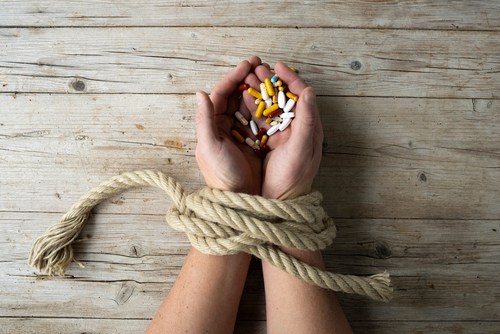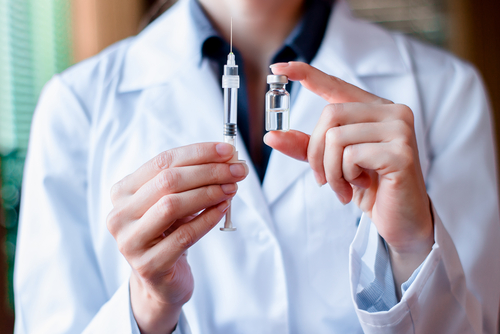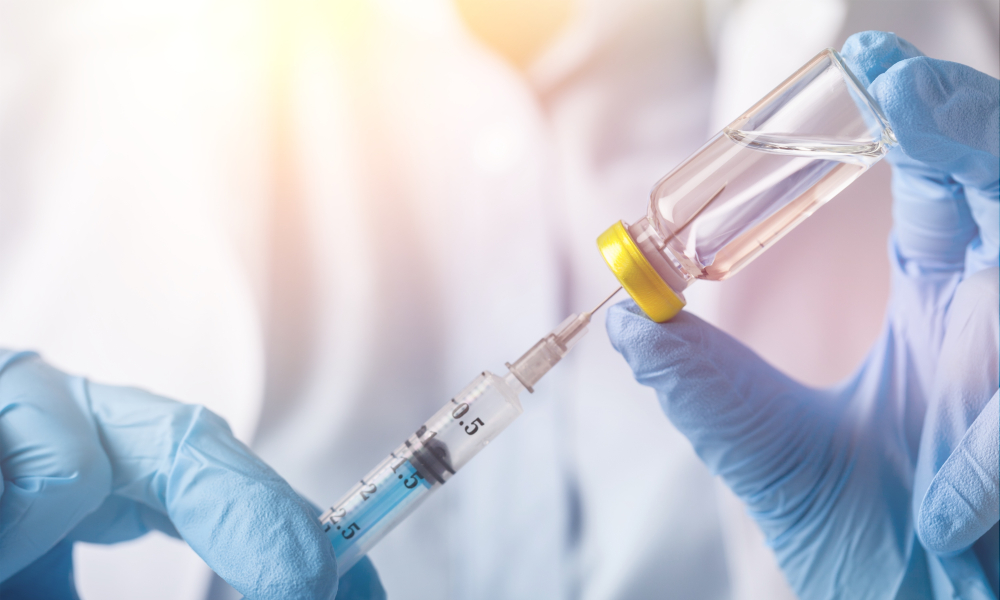2 million. That’s the number of Americans who abuse opioids every day, on average. The same data reveals that around 90 Americans die by opioid overdose daily. Another study by the National Institutes of Health (NIH) reveals that about 29.5 million people in the U.S. had AUD or Alcohol Use Disorder in 2020 alone.
With an alarming number of people coping with physical and psychological dependence on alcohol and opioids, it is critical to have a solid recovery system in place. One of the most popular and efficient recovery methods today involves using Vivitrol. This once-monthly intramuscular injection used during a holistic medical-assisted treatment program helps combat opioid and alcohol dependence, mitigates cravings, and significantly lowers the chances of relapses.
Here, we learn what Vivitrol is used for, the difference between Vivitrol and naltrexone, how Vivitrol works, how it treats alcohol and opioid dependence, and what the studies reveal about its efficiency.
What is Vivitrol Used For?
Vivitrol is a brand name for an opioid-receptor antagonist medication called naltrexone. This medication is used for treating both alcohol and opioid use disorders. As an extended-release form of naltrexone, Vivitrol is given to individuals as an intermuscular gluteal (buttocks) injection. Oral naltrexone, available in pill form, is required to be taken daily. In contrast, Vivitrol, the intramuscular injection, is only given once a month.
Vivitrol is a prescribed medication. Before prescribing it, clinicians first run a Risk Evaluation and Mitigation Strategy or REMS in addition to a naloxone challenge test. These processes determine an individual’s dependence on opiate drugs. The goal of the REMS and naloxone challenge is to ensure the benefits of Vivitrol outweigh the risks associated with it.
Vivitrol is approved for use as a part of an overall opioid addiction treatment program which includes counseling and behavioral therapies. It can only be prescribed to individuals over 18 years of age.
Is Vivitrol Addictive?
Naltrexone, the main component of Vivitrol, is not an opioid or narcotic. This makes Vivitrol non-addictive and lowers the risk of diversion or abuse. Once an individual stops using Vivitrol, they don’t have to face withdrawal symptoms.

How Does Vivitrol Work?
So, what is Vivitrol injection used for? Opioids are considered to be central nervous system depressants. The naltrexone in Vivitrol injection acts as an opioid antagonist. Once administered, it attaches itself to the brain’s opioid receptors. This blocks any euphoric effects that opioids bring with them.
Aside from opioid receptors, Vivitrol also blocks the body’s endorphin receptors. This, in turn, keeps the feeling and effects of alcohol at bay. Because naltrexone binds to endorphins and opioid receptors in the brain, the high or euphoria caused by illicit opioid drugs, alcohol, and other opioid pain medications fades away. By erasing cravings and preventing relapse, Vivitrol helps individuals overcome severe opioid use and alcohol use disorders.
Everything You Need to Know About Vivitrol Treatment
Having answered the question, “What is Vivitrol injection used for?” let’s now understand how it works. No two addiction disorders are the same. For this reason, your healthcare professional will determine your treatment based on your specific needs. Here’s how Vivitrol shots are generally used to help overcome alcohol and opioid dependence:
Vivitrol Therapy for Alcohol Abuse
Before taking Vivitrol, individuals should go through a detox process to avoid any physical and psychological dependency on alcohol. Detox helps keeps withdrawal symptoms like nausea and vomiting at bay. A Vivitrol shot once a month helps reduce alcohol cravings. Doctors typically recommend Vivitrol use for 3-4 months.
Read more: Why To Avoid Detox Drinks For Alcohol
Vivitrol Therapy for Opioid Use Disorder
Before starting vivitrol treatment for opioid addiction, it is critical to wait between one to two weeks (one week for short-acting opioids and two weeks for long-acting opioids) from your last opioid use. Vivitrol therapy requires an individual to undergo a comprehensive opioid detoxification program. This ensures they don’t face the dangers of sudden opioid withdrawal.
When starting your therapy, it is also critical to give your clinician a complete list of your other medications. While on extended-release naltrexone, it is important to avoid using other opioids, sedatives, or illicit drugs. If you stop using Vivitrol or face relapse after a period of sobriety, you might end up having reduced tolerance to opioids. In these cases, using the same or lower opioid doses than you used before may trigger several life-threatening dangers like overdose and death.
Learn more: Opiate Withdrawal Timeline: How To Physically & Mentally Prepare

What Makes Vivitrol So Effective?
Now that you know what vivitrol is used for, it’s time to understand how efficient it has proved to be.
Vivitrol is the newest form of naltrexone administration for opioid use and alcohol use disorder. Studies reveal the effectiveness of the medication to be 90%. A 2010 placebo-controlled, double-blind study which was approved by the U.S. Food and Drug Administration (FDA), revealed:
90% of individuals who used Vivitrol showed abstinence when compared to 35% of those taking placebo treatment.
Vivitrol significantly improved abstinence from alcohol and opioids.
Volunteers sustained Vivitrol-induced improvement for up to 76 weeks.
Vivitrol significantly lowered both cravings and relapse.
The treatment retention of Vivitrol was higher (up to 58%) in comparison to placebo (which was 42%).
Vivitrol is a highly efficient FDA-approved drug that is used in most MAT (medication-assisted treatment) programs directed toward recovery from opioid and alcohol dependence. Since individuals must take Vivitrol only once a month, it has become an effective option for most people coping with addiction. Because Vivitrol is not an opioid, it doesn’t come with the risk of abuse or addiction.
Contact MD Home Detox
If you or someone you know is struggling with an opioid use disorder, contact M.D. Home Detox. Our detox program is one of the most comfortable, convenient, and confidential treatment options ever created, designed to be tailored to your specific needs. We’ll come to your home and help you through the entire detox phase, ensuring we create a long-term treatment plan for continued sobriety. Call today, and one of our admissions agents can get you started.


